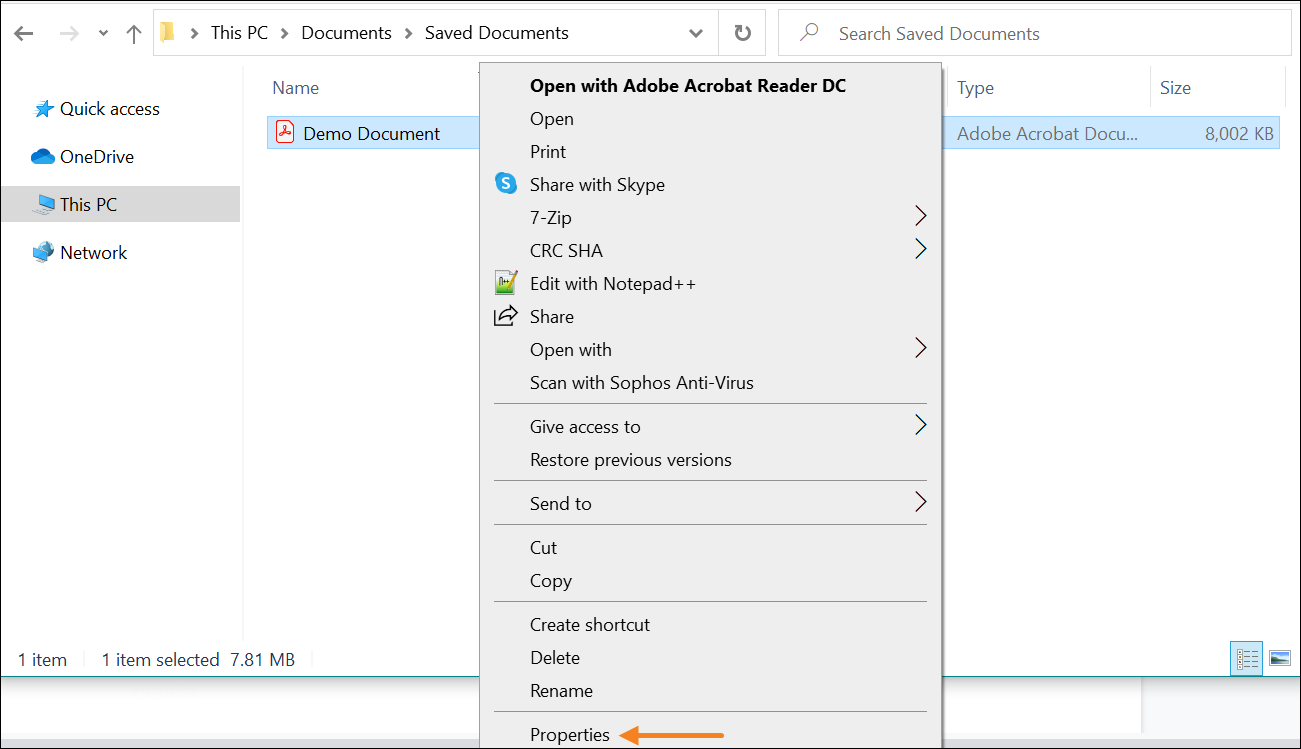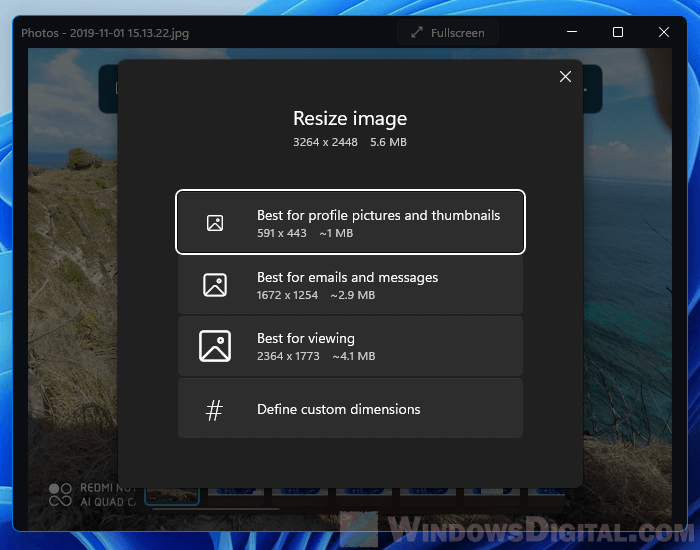

Let’s say you have a formula that contains “=$A$3+$B$3”, and you copy that formula to fifty cells.

Here we are referring to the 1 st 50 cells of Column A. Instead of using =SUMIF (A: A, $C4, B: B) Instead of referencing the entire data, we can refer to only a few cells if needed. SUMIF () or VLOOKUP () functions look for data in the entire columns or rows.
How to reduce a file size in mb series#
Instead of a series of formulas using Pivot tables or excel tables is an efficient way to show your result 3. Instead of using them, we can use the file path or cell color reference number using VBA. They provide a system, workbook, and cell status information.
How to reduce a file size in mb code#
But VBA code can be used to replace them. There is no alternative for NOW and TODAY functions.Within a worksheet INDEX function can be used by using column numbers rather than letters to replace INDIRECT functions.There are some alternatives to some volatile formulas. So, the solutions are simple, we should avoid using volatile formulas. If your worksheet has a lot of volatile formulas then the calculations become slow hence the file size is increased. These formulas are recalculated whenever there is a change in the excel file. There are seven volatile functions in excel which are RAND (), NOW (), TODAY (), OFFSET (), CELL (), INDIRECT () and INFO (). If you don’t need them just delete them all.Īpart from reducing file size directly, we can optimize the excel formulas so that the calculation can be made faster hence the file size can be reduced. All you can do is to unhide the rows and columns of the excel worksheet and see if you need them or not. Suddenly you realize that your file contains some hidden elements which you don’t require. You may accidentally hide some rows or columns of the excel worksheet you are working on. Sometimes unnecessary hidden cells are the reason for larger excel files. Again if we somehow apply conditional formatting in the excel workbook and suddenly realize we don’t need that we can undo the conditional formatting by clearing rules from entire worksheet.Ĥ) Check and Delete unnecessary hidden cells

To minimize the mistake, we can go to Conditional Formatting > Manage Rules and check the cell range of each of the rules. Sometimes we apply formatting to an entire sheet or an entire group of rows or columns. But sometimes we do mistakes while applying conditional formatting. In excel, Conditional formatting visualizes data and makes worksheets easier to understand. After this clear the blank cells as we did earlier. This will automatically find the blank areas of your Excel workbook. On that box tick on the Blanks and press OK. On the Home tab, Press Find & Select and then press Go To Special. The arrow signs indicate where you want to put your command.Īfter selecting the blank cells, In the Home tab on the Clear option press Clear all. If you want to select the entire blank cells just click CTRL+Shift+ ↓+ → together. Removing the formatting from these blank cells reduces your file size. Sometimes you accidentally do some formatting in these unused cells which actually increases your file size. Hence you often won’t see your XLSB files working everywhere.Ģ) Deleting/Clearing blank cells in ExcelĪfter you complete a task in the Excel workbook, there are so many unused cells that have no usefulness in your workbook. XLSB is a binary file format, unlike the open XML, XLSX, and XLSM files.Not compatible with Excel 2003 and previous versions.You must convert back to XLSM, make your Ribbon changes, and then back to XLSB. No Ribbon modification allowed for XLSB formats.Loading binary data is faster than parsing text (XML) files or XLSX files.The Excel binary file uses noticeably less space while saving than XLSX files.So, the file size is reduced on a large scale. We can see the XLSB file contains 1,666 KB where the XLSX file contains 3,191 KB. The two files are saved in the same directory. xlsx format and then in XLSB format to check whether the file size is reduced or not. We will be saving our sample excel file in. This is the easiest and most efficient way of reducing your file size. xlsx format to an excel binary format (.xlsb), reduces the size of your file by around 40%. Read More 12 Top Methods to Reduce/Compress Large Excel File Size Hugely 1) Saving a file in Excel binary format


 0 kommentar(er)
0 kommentar(er)
